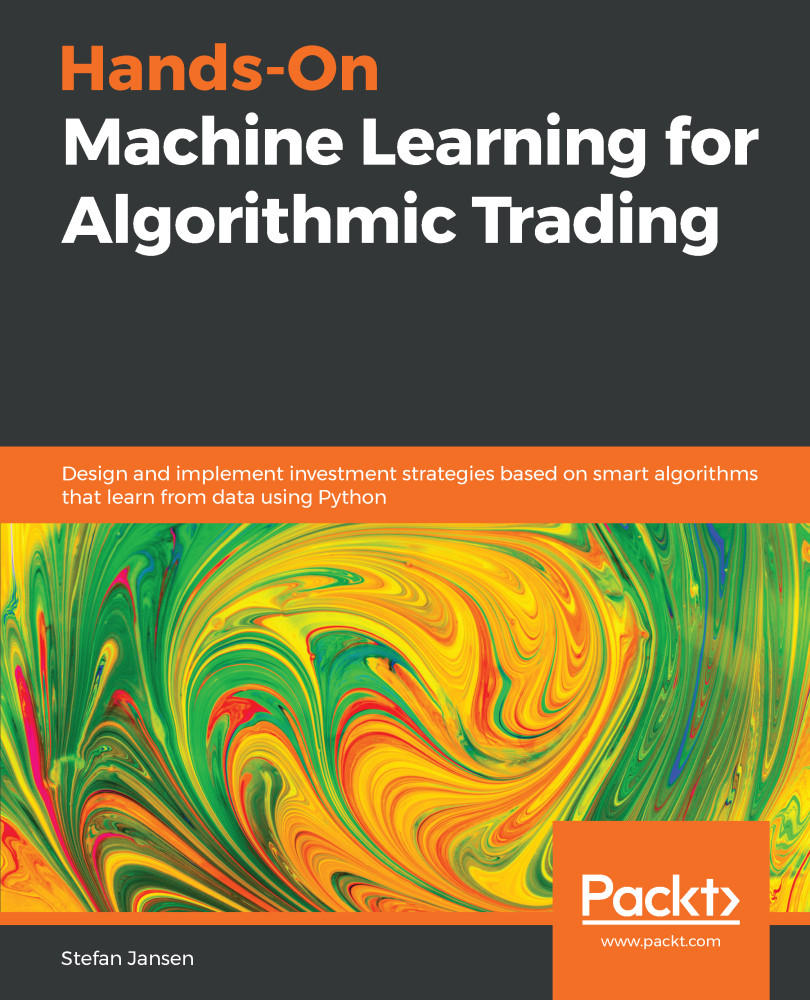In this chapter, we present two unsupervised learning techniques that leverage deep learning: autoencoders, which have been around for decades, and Generative Adversarial Networks (GANs), which were introduced by Ian Goodfellow in 2014 and which Yann LeCun has called the most exciting idea in AI in the last ten years. They complement the methods for dimensionality reduction and clustering introduced in Chapter 12, Unsupervised Learning.
Unsupervised learning addresses machine learning (ML) challenges such as the limited availability of labeled data and the curse of dimensionality that requires exponentially more samples for successful learning from complex, real-life data with many features. At a higher level, unsupervised learning resembles human learning and the development of common sense much more closely than supervised and reinforcement...


